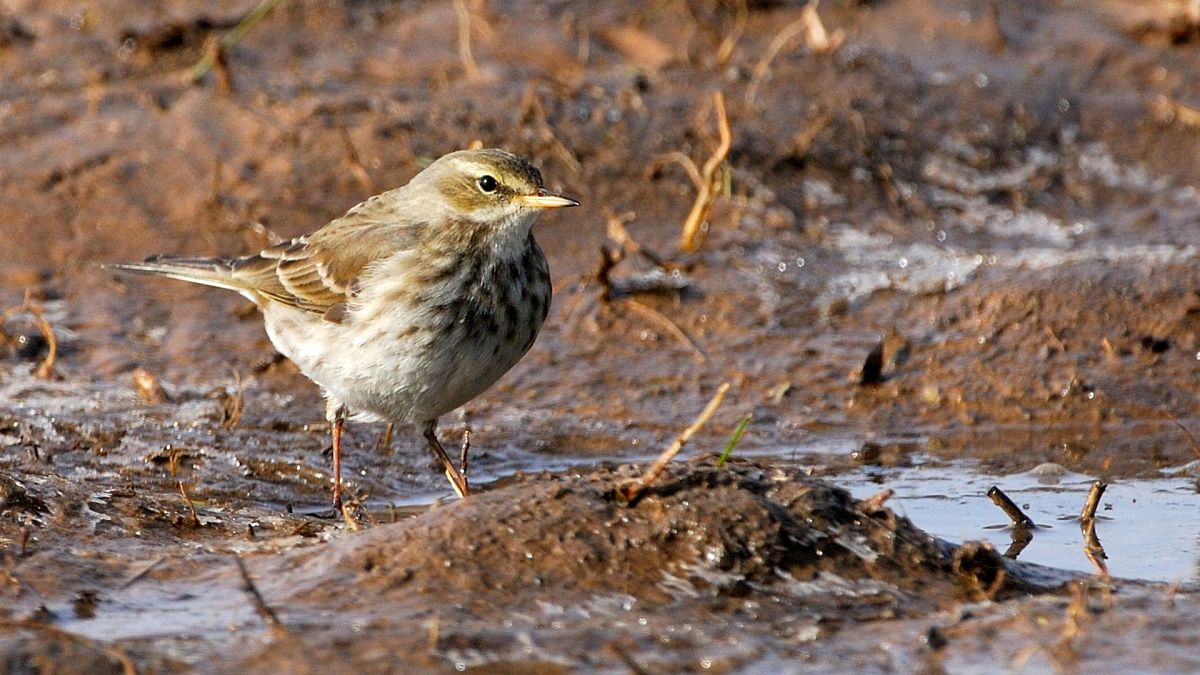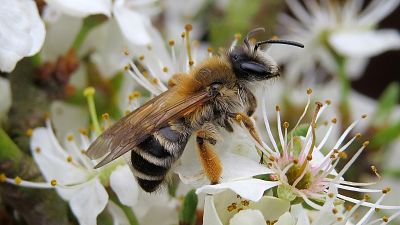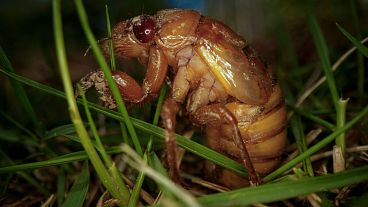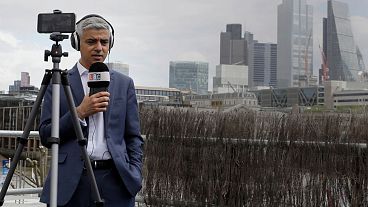Deforestation, invasive species and climate change have contributed to the disappearance of over 1,400 bird species.
Humans have wiped out around 1,400 bird species - double the amount previously thought - a recent study has found.
This amounts to one in nine or 12 per cent of species being lost over modern human history, according to the UK Centre for Ecology & Hydrology (UKCEH).
Deforestation, overhunting and the introduction of invasive species are some of the main threats introduced by humans since the Late Pleistocene period around 130,000 years ago.
“Humans have rapidly devastated bird populations via habitat loss, overexploitation and the introduction of rats, pigs and dogs that raided nests of birds and competed with them for food,” says the study’s lead author Dr Rob Cooke, an ecological modeller at UKCEH.
Climate change, intensive agriculture and pollution have added to this threat over the last century.
Bird extinctions have ‘major implications’ for the biodiversity crisis
Researchers used statistical modelling based on known bird extinctions to estimate the undiscovered extinctions, using New Zealand as a case study.
Thanks to well-preserved remains of all birds in the country, it is the only place in the world where the pre-human bird fauna is believed to be completely known.
“We show that many species became extinct before written records and left no trace, lost from history,” says Cooke.
This has “major implications for the current biodiversity crisis,” adds study co-author Dr Søren Faurby of the University of Gothenburg.
“The world may not only have lost many fascinating birds but also their varied ecological roles, which are likely to have included key functions such as seed dispersal and pollination,” he explains.
“This will have had cascading harmful effects on ecosystems so, in addition to bird extinctions, we will have lost a lot of plants and animals that depended on these species for survival.”
Which birds have gone extinct?
Among the bird species that have gone extinct are the iconic Dodo of Mauritius, the Great Auk of the North Atlantic, and the lesser-known Saint Helena Giant Hoopoe.
There are 640 known bird species that have been driven to extinction since the Late Pleistocene age, 90 per cent of which lived on islands inhabited by people, according to the study published in Nature Communications.
A further 790 unknown species are estimated to have joined them. Only around 50 of these would have died out naturally, according to Cooke.
During the 14th century, the study estimates that 570 bird species were lost after people arrived on Eastern Pacific islands like Hawaii and the Cook Islands. This is nearly 100 times the natural extinction rate and potentially the largest human-driven vertebrate extinction event in history, according to the researchers.
Just 11,000 bird species are left today, an additional 700 of which could face extinction in the next few hundred years.
“Whether or not further bird species will go extinct is up to us,” says Cooke. “Recent conservation has saved some species and we must now increase efforts to protect birds, with habitat restoration led by local communities.”



